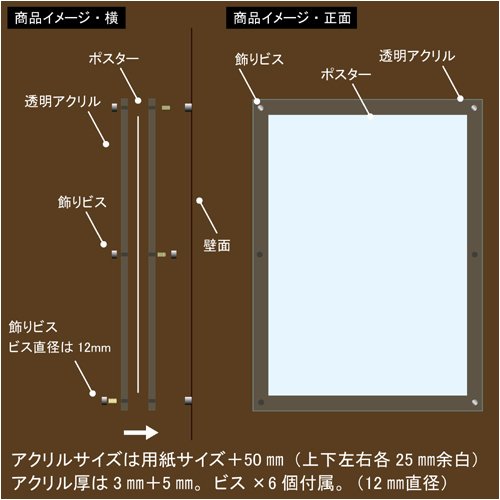
Multi‑frame motion estimation (up to 16 reference frames or 32 reference fields).SP‑frames/slices (Switching P): Facilitates switching between coded streams contains P and/or I-macroblocks.SI‑frames/slices (Switching I): Facilitates switching between coded streams contains SI-macroblocks (a special type of intra coded macroblock).Also in H.264 are found several additional types of frames/slices: B-frames can contain intra, predicted, and bi-predicted macroblocksįurthermore, in the H.264 video coding standard, the frame can be segmented into sequences of macroblocks called slices, and instead of using I, B and P-frame type selections, the encoder can choose the prediction style distinctly on each individual slice.P-frames can contain both intra macroblocks and predicted macroblocks.I-frames can contain only intra macroblocks.Typically, pictures (frames) are segmented into macroblocks, and individual prediction types can be selected on a macroblock basis rather than being the same for the entire picture, as follows: I-slices, P-slices, and B-slices take the place of I, P, and B frames. In the H.264/MPEG-4 AVC standard, the granularity of prediction types is brought down to the "slice level." A slice is a spatially distinct region of a frame that is encoded separately from any other region in the same frame. B-frames use prediction from a (possibly weighted) average of two reference frames, one preceding and one succeeding. Frames that use prediction from a single preceding reference frame (or a single frame for prediction of each region) are called P-frames. When video is sent in interlaced-scan format, each frame is sent in two fields, the field of odd-numbered lines followed by the field of even-numbered lines.Ī frame used as a reference for predicting other frames is called a reference frame.įrames encoded without information from other frames are called I-frames. An even field has pixel information for lines 2, 4, 6.1080. An odd field consists of pixel information for lines 1, 3, 5.1079. For example, an HD 1080 picture has 1080 lines (rows) of pixels.

A frame is a complete image, and a field is the set of odd-numbered or even-numbered scan lines composing a partial image. While the terms "frame" and "picture" are often used interchangeably, the term picture is a more general notion, as a picture can be either a frame or a field. The order in which the I, P and B frames are arranged is called the Group of pictures. P and B frames are also called Inter frames. P‑frames are also known as delta‑frames.Ī B‑frame (Bidirectional predicted picture) saves even more space by using differences between the current frame and both the preceding and following frames to specify its content. The encoder does not need to store the unchanging background pixels in the P‑frame, thus saving space. For example, in a scene where a car moves across a stationary background, only the car's movements need to be encoded. Three types of pictures (or frames) are used in video compression: I, P, and B frames.Īn I‑frame ( Intra-coded picture) is a complete image, like a JPG or BMP image file.Ī P‑frame (Predicted picture) holds only the changes in the image from the previous frame.



These different algorithms for video frames are called picture types or frame types. In the field of video compression a video frame is compressed using different algorithms with different advantages and disadvantages, centered mainly around amount of data compression. JSTOR ( October 2008) ( Learn how and when to remove this template message).Unsourced material may be challenged and removed.įind sources: "Video compression picture types" – news Please help improve this article by adding citations to reliable sources.


 0 kommentar(er)
0 kommentar(er)
